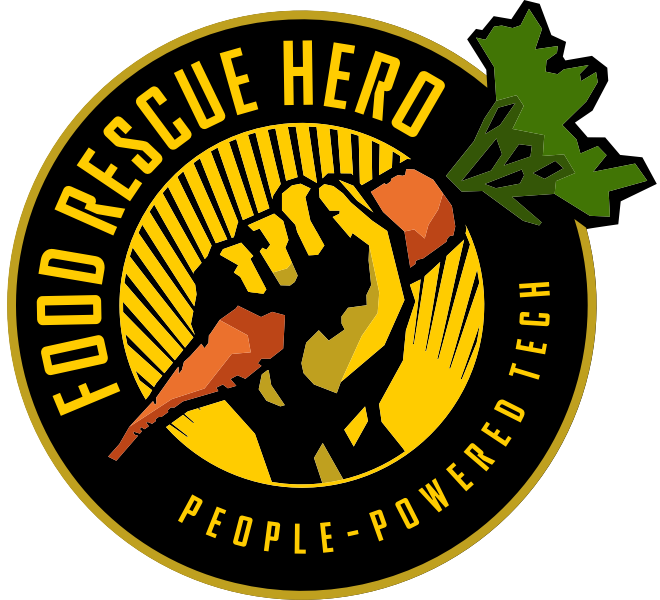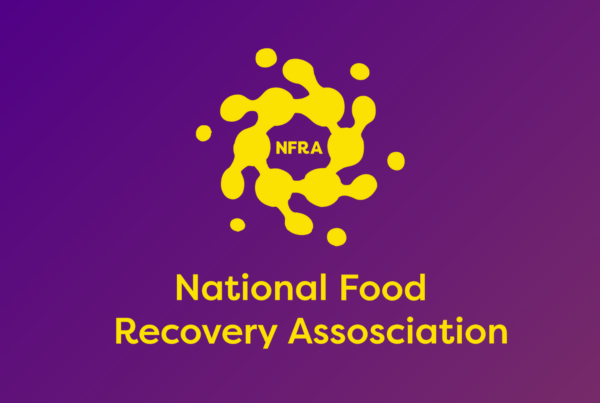“Schools out for summer”, rings in my ears as I pull away from the last day of school with my minivan full of children. We are planning on a few months full of sunshine, camp and hopefully some carefree days to relax. It feels like a little reprieve and freedom from the busy school schedule, but for many others it can be a time filled with anxiety as they begin to question if they will have enough to eat without school meals.
Each of the classrooms I walked by today had a countdown to the last day of school, but for some this is simply a reminder that when the school year ends, so do many school-based meals. For many children, school is not just a place for learning, but also a vital source of nutrition.
In 2021, nine million children in the United States lived in a household considered “food insecure,” or 1 in 8 kids.
Unfortunately, early data suggests food insecurity is further on the rise this year.
When schools close for summer break, children who rely on school meals face a sudden disruption in their access to regular and nutritious food. Their caregivers are faced with bridging this gap and providing an additional 1-2 meals a day per child. For many families, this only furthers hunger, stress, financial strain, and emotional distress for both the children and their adults.

Food insecurity plays a huge role in the success of our children – kids without enough to eat and important nutrients to develop begin life at a major disadvantage. Kids facing hunger have higher rates of hospitalization, higher risk of health conditions like asthma and anemia. Significant barriers exist to getting the help families need, and many are not aware of programs available to them.
Eliminating barriers for access to fresh food is key to supporting families during the summer. Food Rescue Hero™ creates food within reach by partnering with unique sites to distribute food. In many cities, Food Rescue Hero volunteers, called food rescue heroes, directly transport food to housing authorities, summer camps and programs, and community centers – bringing food directly to where kids and families already are, as an alternative to needing to seek out affordable food.
Food becomes more accessible when it’s readily available where families live, play, and work without added burden. Changing the way families access food is one huge step in rearranging our food system, and ending food insecurity in our communities.

Victoria Della Rocca, RD, LDN
Program Strategic Partnership Lead
Make this a reality in your city! Partner with Food Rescue Hero to make food within reach in your ZIP code!
Check to see if there’s a Food Rescue Hero Network Partner in your city, then download the app and help deliver food that will bridge the gap in the summer for families.
Connect with other summer programs as well and spread the word:
No Kid Hungry has created a free meal finder map and a text line where families can text the word “FOOD” or “COMIDA” to 304-304 to find free meals near them. The meals are available for all kids 18 and under. No questions asked and the more people participate, the stronger the programs become.
Nutrition Program for Women, Infants and Children (WIC): Provides vouchers that can be redeemed at grocery stores for specific food items
WIC and Senior Farmers Market Nutrition Programs: Provide vouchers to qualifying individuals to be spent at participating farmers markets
Supplemental Nutrition Assistance Program (SNAP): Provides assistance for purchasing food at grocery stores and supermarkets




